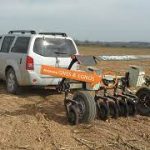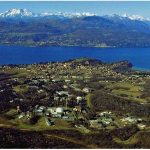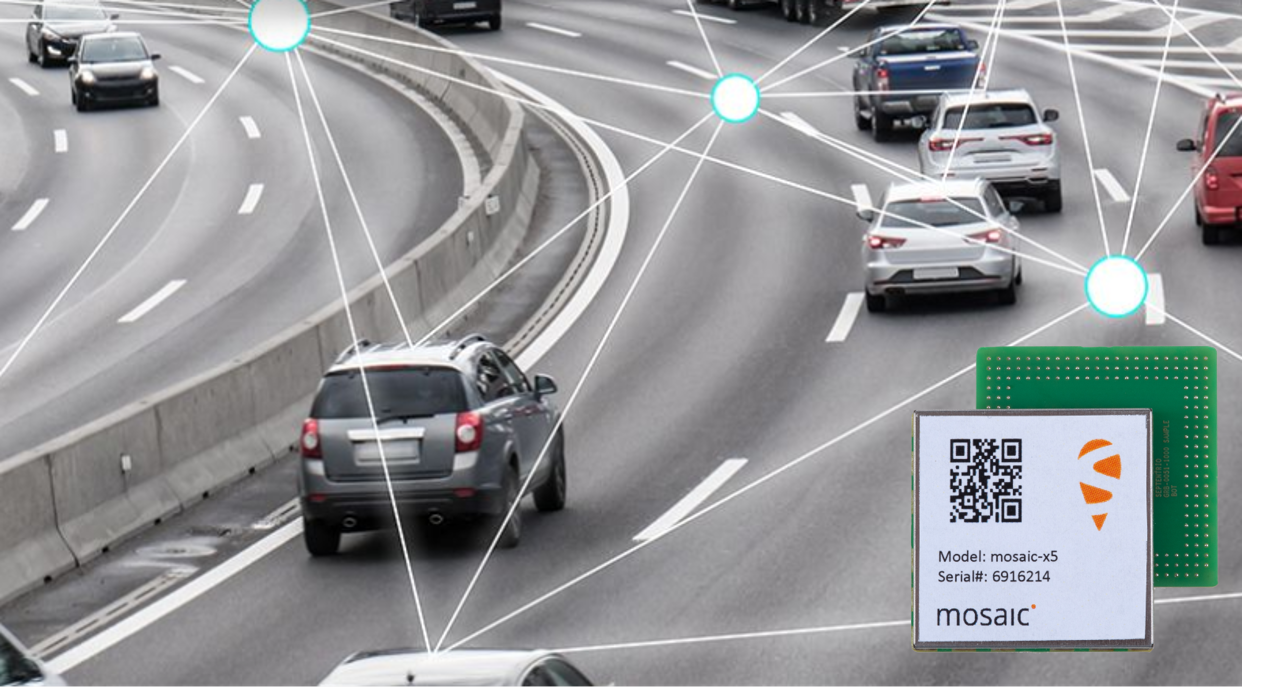A European Space Agency (ESA), NAVISP-funded project, led by satellite firm Viasat, has demonstrated provision of satellite-based augmentation system (SBAS) services in the UK, using current, in-orbit, geostationary (GEO) satellite assets.
Wide-area safety systems and services are becoming the norm as the world moves towards greater levels of automation and autonomy. Developed economies, including the United States and Canada, Europe, Japan, India and others, have now or will soon have access to high-integrity safety services via SBAS, such as WAAS, EGNOS, MSAS and GAGAN. The UK, on the other hand, since 2021, has not had access to such services, its EGNOS working agreements having been suspended after the UK left the European Union. That means, among other things, safety-critical LPV (localizer performance with vertical guidance) landing approaches have not been available at key commercial airports in the UK.
The objective of the UKSBAS testbed project, led by Viasat, which acquired Inmarsat Navigation Ventures in 2023, was to rapidly establish a UK capability utilizing Inmarsat satellites already in orbit, and a navigation signal generator with associated SBAS data processing and monitoring software from GMV NSL. A UK ground station was used for signal in space (SiS) uplink from Goonhilly Earth Station to the GEO navigation transponder.
In a second phase, the project defined future system architecture options for UKSBAS and conducted live trials in maritime navigation, and in static and dynamic aviation and road and rail transport scenarios.
Delivering the goods
At a final project presentation event hosted by ESA, Paul Ocen of Viasat, in the company of representatives from GMV NSL and consulting firm CGI, said the project has been providing testbed services over the past two years, starting with UKSBAS L1-frequency SiS, since May 2022, delivered by Viasat/Inmarsat 3F5 satellite and through SiSNET (SiS through the internet), and including UKSBAS DFMC (dual-frequency multi-constellation – GPS L1/L5 and Galileo E1/E5a), since June 2023, also through SiSNET. Further, a UKSBAS PPP service has been active since October 2023, delivered over NTRIP (networked transport of RTCM [real time correction message] via internet protocol).
Ocen said results computed over 18 months show that UKSBAS, despite remaining a testbed using non-dedicated reference stations, has achieved impressive performance levels, in terms of accuracy and availability, comparable to current operational legacy SBAS such as EGNOS, and compatible with LPV-200 service level.
The next-generation L5 DFMC SBAS service has shown remarkably superior performance over legacy SBAS L1 augmentation at system and user level. The PPP service has also shown outstanding results in terms of accuracy and convergence time. Viasat now intends to deploy a further three SBAS payloads on satellites of the I-8 class, due in orbit in 2028, to provide global coverage at 178E, 64E and 54W GEO slots.






